Reset This PC is a useful feature in Windows computers. You can factory reset your system if it is not working fine. Some users reported that their keyboard and mouse stopped working after performing the factory reset on their system. In this article, we will see what you can do if your keyboard and mouse are not working after a Windows Reset in Windows 11/10.
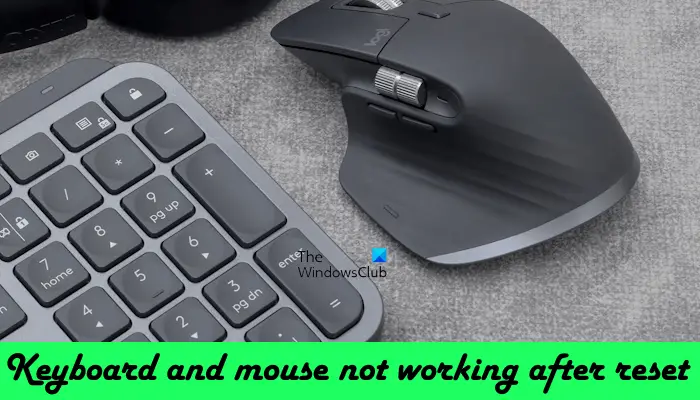
Keyboard and mouse not working after Reset in Windows 11/10
Use the following suggestions if your keyboard and mouse are not working after after a Windows Reset in Windows 11/10.
- Restart your computer
- Try other USB ports
- Hard reset your laptop
- Update or reinstall your keyboard or mouse driver
- Use PS/2 keyboard or mouse (if applicable)
- Boot in Safe Mode
- Reset BIOS settings to default
- Perform Startup Repair.
Before you begin, attach another mouse and keyboard to their PC and see if it works or not. If possible, also attach this Keyboard and Mouse to another PC and see. This will help you know where the fault lies.
1] Restart your computer
You have performed the factory reset on your PC and after that, Windows stopped recognizing your USB keyboard and mouse. This usually happens when Windows fails to load the USB drivers on startup. When you start your Windows computer, it loads all the required drivers. These drivers allow Windows to communicate with the hardware devices you connect to your system. We suggest you restart your computer.
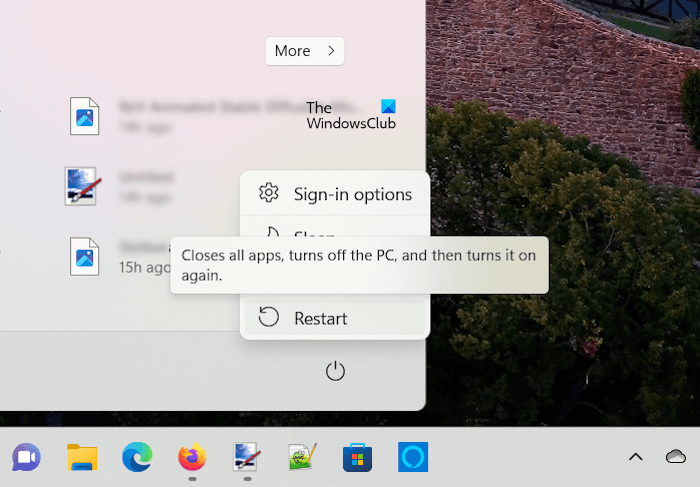
First, disconnect all your devices from your system and then restart your computer. After restarting, connect your keyboard and mouse, and check if they work.
2] Try other USB ports
You should also check other USB ports. Connect your keyboard or mouse to all available USB ports and check if it works. If yes, there is an issue with the USB port of your system. If your keyboard or mouse starts working after connecting to another USB port, you will be able to login to your system. Now, open the Device Manager and reinstall the USB Root Hub driver.
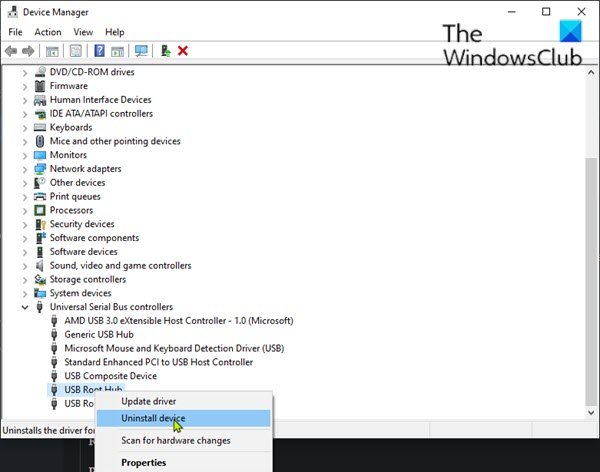
- Open the Device Manager.
- Expand the Universal Serial Bus controllers branch.
- Right-click on USB Root Hub (3.0) and select Uninstall device.
- Restart your computer to reinstall the uninstalled USB Root Hub driver.
You can also try another keyboard or mouse. This is to check whether the issue is with your keyboard or mouse.
3] Hard reset your laptop
Laptop users can hard reset their laptops. The process of hard reset will drain the residual charge from your laptop. Follow the steps provided below:
- Press and hold the power button to shut down your laptop.
- Disconnect all the peripherals from your computer.
- Disconnect the charger and remove the battery. If your laptop has a non-removable battery, you can skip this step.
- Press and hold the power button for up to 30 seconds.
- Insert the battery and reconnect the charger.
- Turn on your laptop and connect your keyboard and mouse.
4] Update or reinstall your keyboard or mouse driver
If either your keyboard or mouse is working, you can reinstall your keyboard or mouse mouse driver via the Device Manager. If your system has the Windows Hello Fingerprint, you can log in to your system by using other sign-in options. Follow the instructions provided below:
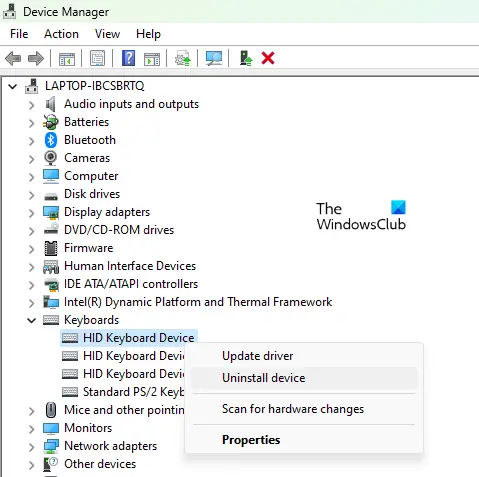
- Open the Device Manager.
- Expand the Keyboards or Mice and other pointing devices branch.
- Right-click on your keyboard or mouse driver and select Uninstall device.
- Restart your computer. Alternatively, you can also use the Scan for hardware changes option.
After restarting your system, your keyboard or mouse should start working again.
You can also download mouse drivers from the manufacturer’s website.
5] Use PS/2 keyboard or mouse (if applicable)
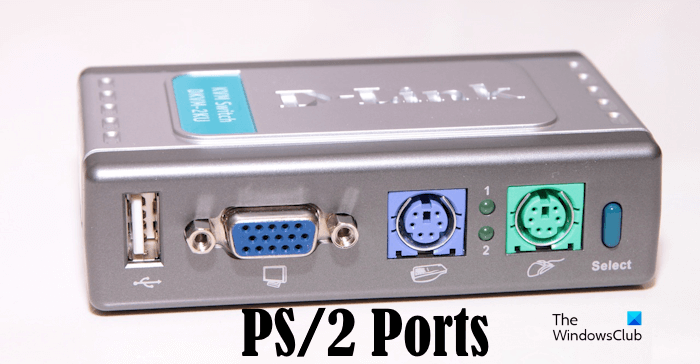
Old desktop computers came with PS/2 ports. If the PS/2 ports are available on your desktop computer, you can connect the PS/2 keyboard and mouse to your computer via these ports. A PS/2 keyboard and mouse should work on the login screen and you should be able to sign in to your system. After doing that, you can reinstall your USB Hub and USB keyboard and mouse drivers.
6] Boot in Safe Mode
Boot in Safe Mode and see if your keyboard and mouse work there. You can boot in Safe Mode by using the MSConfig app or by restarting your computer by pressing and holding the Shift key. If both the keyboard and mouse are not working, you must enter Windows Recovery Environment to boot your computer into Safe Mode.
To enter the Windows Recovery Environment, you must interrupt the normal boot process. Here is how to do that:
- Press and hold the power button to completely shut down your computer.
- Turn on your computer and immediately press and hold the power button when the Windows or manufacturer’s logo appears until your computer is shut down again
- Repeat the above steps until Windows enters the repair mode.
- You are now in the Windows Recovery Environment.
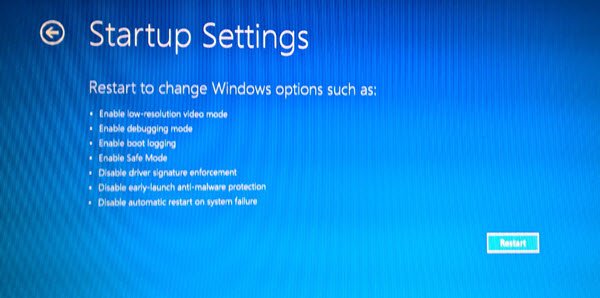
Now, in Windows Recovery Environment, go to “Advanced options > Troubleshoot > Advanced options > Startup Settings > Restart.” After restarting your PC, press F5 to start your computer in Safe Mode with Networking.
Now, if your keyboard or mouse works in Safe Mode, you can roll back their drivers. Open the Device Manager and expand the required branch. Open your keyboard or mouse driver properties and click on the Roll Back Driver button under the Driver tab. Follow the on-screen instructions to roll back the driver.
7] Reset BIOS settings to default
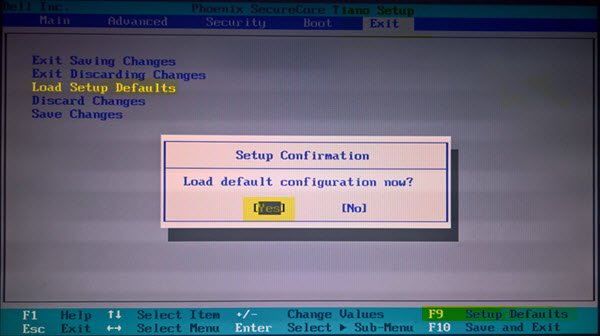
Reset your BIOS settings to default and see if it helps. To do so, you have to enter your BIOS. But if your keyboard is not working, you cannot access the BIOS.
In such a case, you have to follow another method to reset your BIOS to default settings.
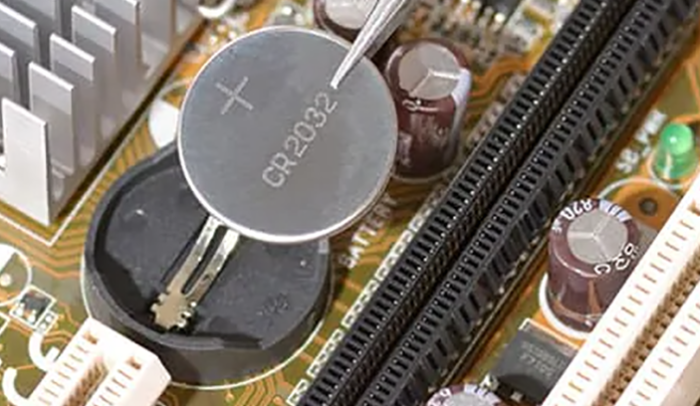
Resetting or clearing the CMOS also resets the BIOS to default values. If your keyboard and mouse are not working, you must clear CMOS to reset your BIOS. Open your laptop and remove the CMOS battery. Wait for a few seconds and insert the CMOS battery again. If you do not know how to disassemble your laptop, get professional help.
Read: Reset This PC not working on Windows.
8] Perform Startup Repair
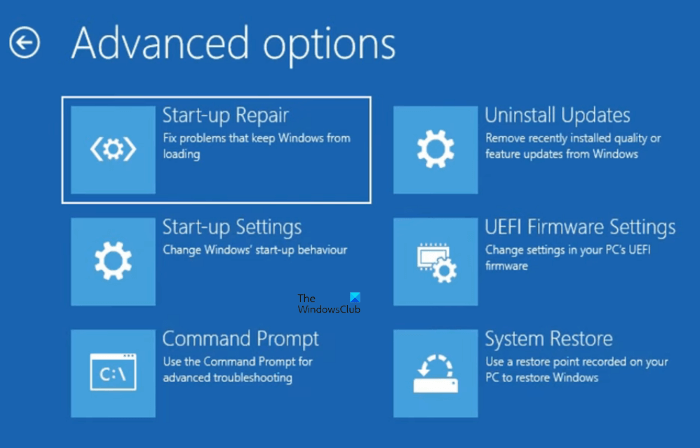
Repairing your system files can fix this issue. You can use the Startup Repair to repair your system files. Enter Windows Recovery Environment to perform Startup Repair.
That’s it. I hope this helps.
Why is my mouse and keyboard not working in Windows 11?
The most common reason why your keyboard and mouse are not working in Windows 11 is the corrupted driver. If you are talking about the Bluetooth keyboard or mouse, check for interference issues. Other reasons for this issue include a faulty keyboard or mouse, a faulty USB port, etc.
How do I reinstall my keyboard drivers?
You can use the Device Manager to reinstall your keyboard driver. Open the Device Manager and uninstall your keyboard driver. After that, restart your computer. Windows will automatically install the missing driver on restart. If you are using a gaming keyboard, you can reinstall the keyboard driver from the manufacturer’s website.
Read next: We can’t reset your PC while it’s running on battery power.